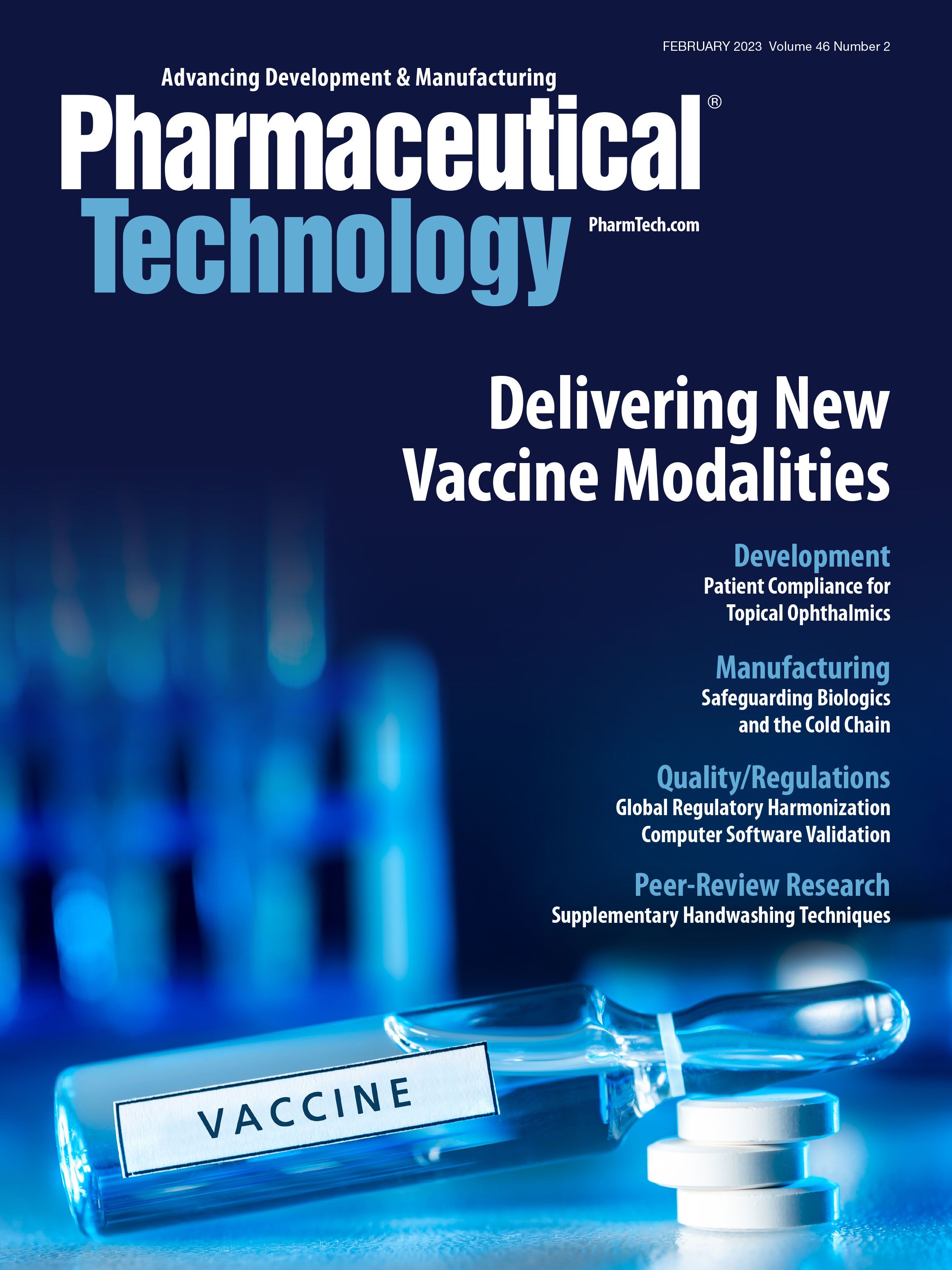Proportion, Balance, and Restraint
The restraint to not target solely the major disease groups has provided good proportion and balance for our industry.
FDA approved 37 drugs in 2022, within the normal range for the past decade or so. This is quite impressive for the industry given continuing headwinds thrown off by COVID-19 working conditions, limiting both productivity and in-person site inspections. Twenty-three of these drugs are considered first in class, meaning they operate via a unique mechanism of action. Most of that group had some speeded-up approval process such as accelerated approval, as a breakthrough therapy, fast tracked, or as an orphan drug (1).
More than half of these new therapies were for patients with rare diseases or who have few or zero other treatment options, such as acid sphingomyelinase deficiency (an inherited disease that affects the body’s ability to metabolize fat), metastatic or unresectable uveal melanoma (a rare cancer that develops in a part of the eye called the uvea), and generalized pustular psoriasis (a rare, life-threatening skin disease). While psoriasis generally affects only approximately 3% of the population, with this pustular variant affecting only a tiny percentage of that, there is a moral imperative for the pharma industry to help those whom they can. From that viewpoint of looking after minorities, scientists, insurers, manufacturers, regulators, sales, and marketing teams can be said to be somewhat in balance.
It is a similar story from the European Medicines Agency (EMA), approving a record 55 therapies including 21 medicines for rare diseases in 2022. Among those approved were a number of notable gene therapies for indications in cancer and hemophilia (2). Most readers see these headlines without giving much thought to the delicate balance required to incentivize research for subsets of the population; hemophilia, for example, might otherwise be left behind, except for the delicate negotiations required by all stakeholders to encourage scientists to persevere in deciphering intractable biological puzzles.
Left alone, the so-called free market might tackle only financially obvious major disease conditions. The fact that this isn’t the case speaks well of the system, and I’d like to suggest a hidden benefit in what is learned. From generalized pustular psoriasis treatments, we may yet yield benefits for all psoriasis sufferers, or from that expensive gene treatment for hemophilia, we might uncover advances in gene treatments generally, or for some sickle cell related sequalae we are not even currently contemplating. The restraint to not target solely the major disease groups has provided good proportion and balance for our industry.
References
1. FDA. New Drug Therapy Approvals 2022. FDA.gov. Jan. 10, 2023 (accessed Jan. 25, 2023).
2. EMA. Medicine Evaluation Figures, Monthly Figures 2022. EMA.Europa.eu (accessed Jan. 25, 2023).
About the author
Mike Hennessy Jr. is the President and CEO of MJH Life Sciences.
Article details
Pharmaceutical Technology
Vol. 47, No. 2
February 2023
Page: 8
Citation
When referring to this article, please cite it as M. Hennessy. Proportion, Balance, and Restraint. Pharmaceutical Technology 2023 47 (2).

PacBio Chosen as Tech Partner for Global Alzheimer’s Disease Research Project
April 23rd 2025The project, the North African Dementia Registry, will unite multiple entities for the purpose of developing a comprehensive dataset to advance the research community’s understanding of Alzheimer’s disease and other dementias in diverse populations.